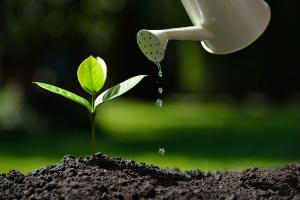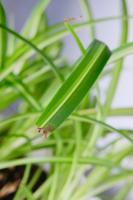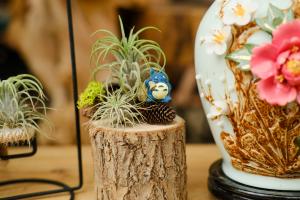Why Are Tomato Plant Leaves Curling?
Tomato plants are one of the most popular vegetables grown in home gardens. They are relatively easy to grow and produce a delicious crop. However, one problem that gardeners may encounter is curling tomato plant leaves. In this article, we will explore the reasons why tomato plant leaves curl and how to prevent it.
Nutrient Deficiencies
One of the most common reasons for tomato plant leaves to curl is due to nutrient deficiencies. Tomatoes require certain nutrients to grow and produce healthy leaves. If these nutrients are not available in the soil, the plant may develop curled leaves as a way to conserve water. The nutrients that are most commonly lacking include nitrogen, phosphorus, and potassium.
To prevent nutrient deficiencies, it is important to ensure that your soil has the proper balance of nutrients. A soil test can be done to determine what nutrients are lacking and what amendments need to be made. Additionally, fertilizing your plants with a balanced fertilizer can help ensure that they have access to the nutrients they need.
Pest Infestations
Another reason why tomato plant leaves may curl is due to pest infestations. Insects such as aphids and whiteflies can cause damage to the leaves, which may result in curling. Additionally, spider mites can also cause damage to the leaves, leading to curling.
To prevent pest infestations, it is important to keep your plants healthy and well-watered. Additionally, you can use natural methods such as companion planting and insecticidal soaps to keep pests at bay.
Viral Infections
A more serious reason for tomato plant leaf curling is viral infections. Viruses such as tomato yellow leaf curl virus and tomato mosaic virus can cause the leaves of the plant to curl and yellow. Unfortunately, there is no cure for viral infections, and infected plants should be removed and destroyed to prevent the spread of the virus to other plants.
To prevent viral infections, it is important to ensure that your plants are healthy and free from pests. Additionally, you should avoid planting tomatoes in the same location year after year, as this can increase the risk of viral infections.
In conclusion, tomato plant leaves may curl for a variety of reasons. Nutrient deficiencies, pest infestations, and viral infections can all cause tomato plant leaves to curl. To prevent this from happening, it is important to keep your plants healthy and well-nourished, and to take steps to prevent pests from infesting your plants. If you suspect viral infections, infected plants should be removed and destroyed to prevent the spread of the virus. By following these tips, you can ensure that your tomato plants produce healthy, delicious fruit.

 how many times do yo...
how many times do yo... how many planted tre...
how many planted tre... how many pine trees ...
how many pine trees ... how many pecan trees...
how many pecan trees... how many plants comp...
how many plants comp... how many plants can ...
how many plants can ... how many plants and ...
how many plants and ... how many pepper plan...
how many pepper plan...































